- Home›
- Healthy Living›
- 15 Ingredients That Work As Natural Work Painkillers
15 Ingredients That Work As Natural Work Painkillers
By: Kratika Thu, 10 Sept 2020 4:54:02
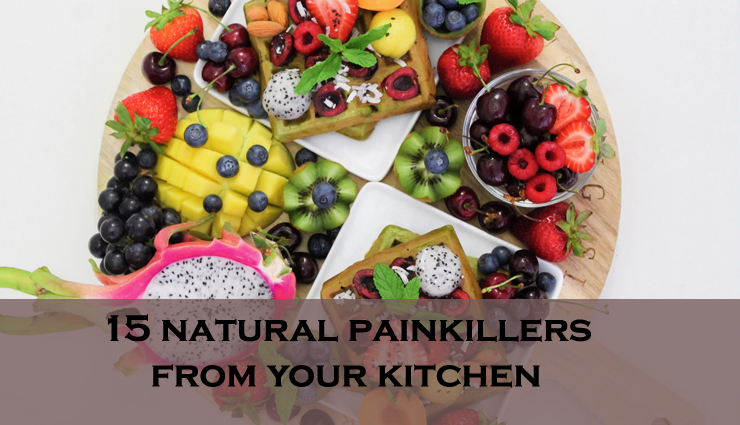
The use of natural ingredients to remedy or relieve various health problems is increasing with every passing year and for good reason. Many common kitchen foods and spices have health-promoting properties that can provide adjunctive benefits.
Beyond their culinary use in making foods tastier, these ingredients can help us deal with various health issues, especially those that arise over time and are chronic in nature. Home self-care measures can thus be time-saving, inexpensive, and, most importantly, effective.
People nowadays tend to have extremely low thresholds for pain or discomfort. It has become standard practice to pop a pill the minute you experience an inkling of a headache, toothache, stomach ache, backache, or any other type of pain.
Aspirin, ibuprofen, and naproxen – known as nonsteroidal anti-inflammatory drugs (NSAIDs) – are some of the common painkillers that you might have in your medicine cabinet.
Often times, there might not even be a legitimate cause of concern, but people would take a painkiller just in case to proactively avoid any problem in the future. Little do they know that this type of mindless drug overuse is itself a problem. It is better to brave a bearable degree of pain than subject your body to such toxic excesses.
Besides, painkillers can also end up compromising your body’s natural defense system to a great extent.

* Apply Ice Pack for Pain Relief
The ice pack is one of the most effective pain relief treatments available. The fact that it is so easy to fix makes it one of the first lines of treatment for a variety of injuries and aches, including jaw pain, back pain, and pain due to a sudden fall or other kinds of physical trauma.
In fact, an ice pack therapy has even shown promise for alleviating postpartum pain.
This claim draws scientific support from a 2016 study published in Women and Birth, which demonstrated that applying an ice pack for 20 minutes helps reduce postpartum perineal pain.
Moreover, the therapeutic effect lasted for anywhere from 1 hour and 35 minutes to 2 hours after the application without any impact on breastfeeding.
An ice pack helps reduce inflammation and pain during the first 48 hours of an injury like straining your muscle, tendon, or ligament. The cold temperature restricts circulation and offers a numbing effect on the nerves, which play a key role in reducing swelling and inflammation.

* Hot Compress Works by Stimulating Blood Flow
Another very common home remedy for pain relief is applying heat directly on the painful areas.
A hot compress is effective for any kind of acute or chronic pain. The heat helps dilate blood vessels, making it easier for the blood to distribute nutrients throughout the body as well as flush out toxins. This, in turn, helps relieve pain.
A 2014 study published in the Journal of Clinical & Diagnostic Research indicates that the application of thermotherapy and cryotherapy, accompanied by a pharmacologic treatment, could relieve pain in patients with an acute low back injury.
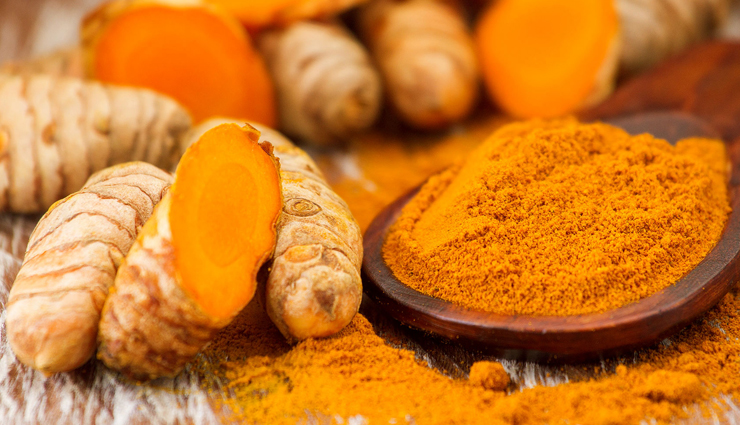
* Turmeric Has Significant Healing Potential
Turmeric, touted for being the crowning jewel of Indian cooking, is an all-natural anti-inflammatory agent and a potent pain reliever. Turmeric owes its bright-yellow color and its therapeutic goodness to a compound called curcumin, an antioxidant that helps protect the body from free radicals that cause cell and tissue damage.
In fact, turmeric can match or even outshine regular over-the-counter pain killers in treating body aches, joint pains, and internal body injuries that are often the cause of inflammation.
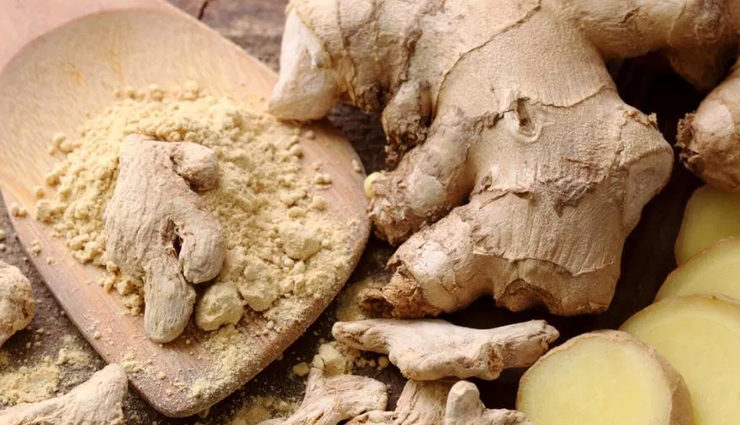
* Use Ginger as a Potent Anti-inflammatory Agent
If you love to drink ginger tea or use ginger in your cooking, you’ll love to use it even more knowing it’s a naturally occurring pain reliever.
Ginger has strong anti-inflammatory properties that can be traced back to the compound gingerol in it. This compound has been proposed as a potential remedy to treat pain associated with gout, rheumatoid arthritis, and osteoarthritis, although more scientific research needs to be done to support these claims.
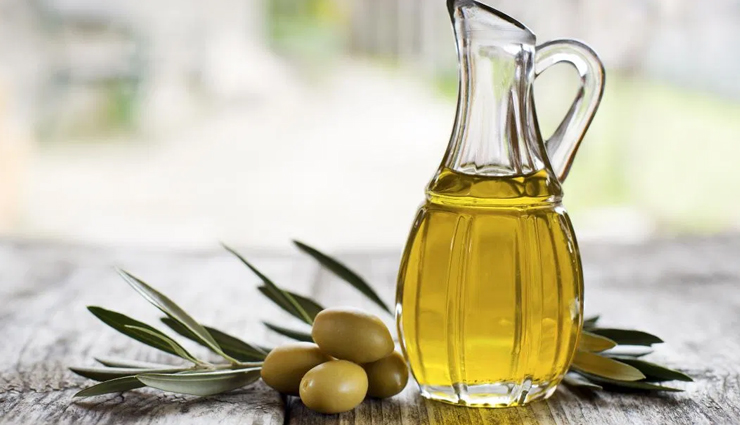
* Olive Oil Helps Manage Body Inflammation
Besides being a gastronomic treasure popularly used in Mediterranean and Italian cooking or as salad dressing, olive oil has also emerged as a beneficial and safe alternative to traditional pain relievers and anti-inflammatories.
A study published in Nature reports that olive oil contains a nonsteroidal anti-inflammatory agent that inhibits the activity of cyclooxygenase (COX) enzymes, which cause inflammation in the body.
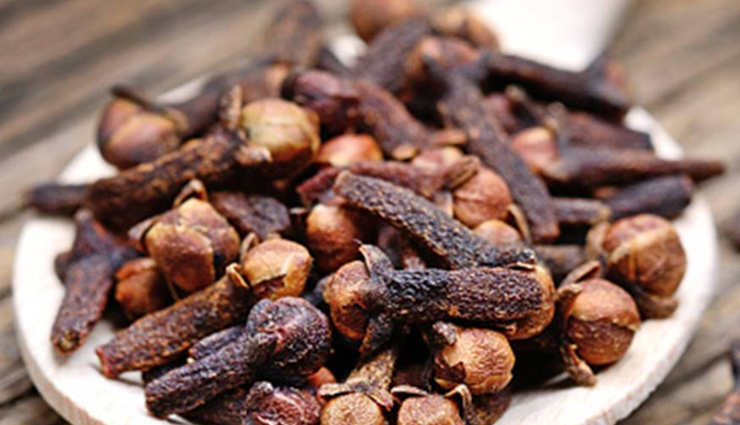
* Cloves Can Help Relieve a Variety of Common Aches
Whole and ground cloves are often used to enhance the taste and smell of a wide range of culinary preparations. As a medicine, cloves work as a powerful painkiller.
Cloves work as a natural anesthetic to numb the affected area and provide some degree of comfort from the pain associated with toothaches and arthritic inflammation.
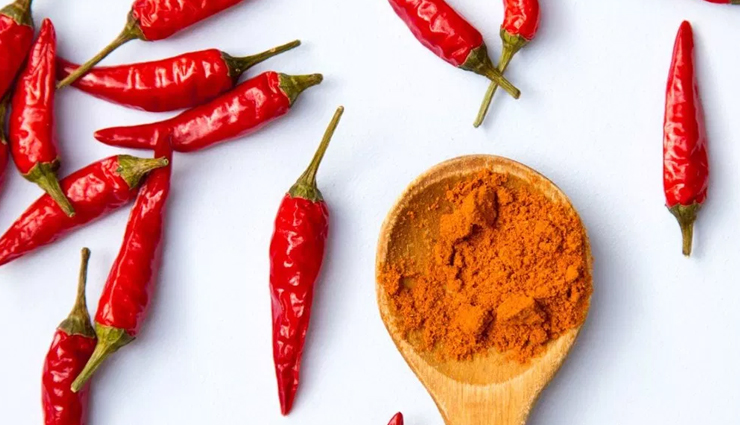
* Cayenne Pepper Is a Natural Analgesic
If you’re a lover of spicy food and have a bottle of cayenne pepper in your spice rack, then you have a natural painkiller right in your kitchen.
The compound capsaicin in cayenne pepper exhibits an anti-inflammatory effect that helps reduce joint, nerve, and muscle pain and inflammation. It also prevents the activation of the brain’s pain pathways, which in turn reduces the feeling of pain.
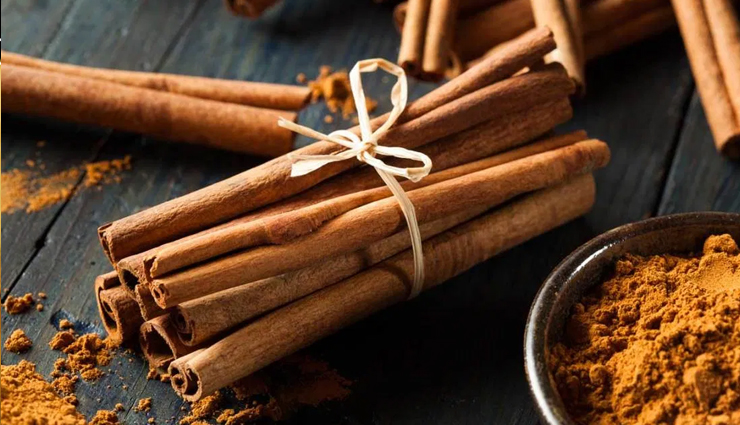
* Cinnamon is a Natural Healing Agent
Cinnamon has antioxidant, antiseptic, anti-inflammatory, carminative, and anti-flatulent properties. This spice is also an excellent source of minerals, such as potassium, calcium, manganese, iron, zinc, and copper, along with vitamin A, niacin, and pyridoxine.
Cinnamon is often used to treat symptoms such as those associated with the common cold, flatulence, indigestion, heartburn, nausea, diarrhea, joint pain, and menstrual discomfort.
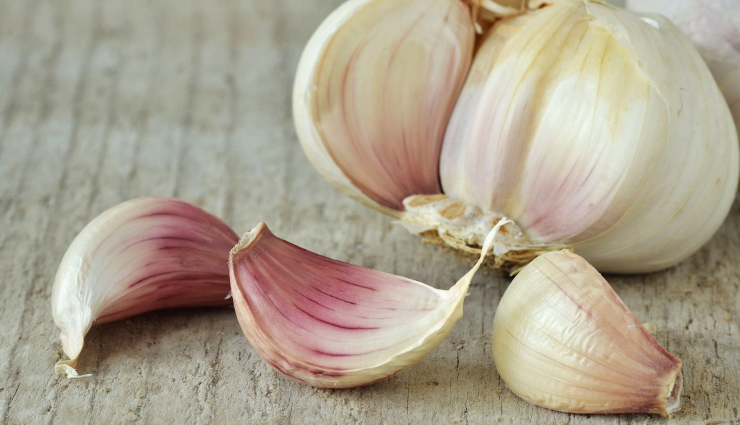
* Garlic Can Help Your Body Heal Naturally
Garlic is prized for its impressive medicinal value, all thanks to it’s stimulant, diaphoretic, diuretic, expectorant, antibacterial, antifungal, antiviral, and antiseptic properties. In addition, garlic is packed with health-promoting vitamins and nutrients, such as protein, potassium, calcium, zinc, and many others.
It is used by many to get relief from coughs, chronic bronchitis, sore throats, hoarseness, sinus problems, asthma, ear infections, indigestion, stomach aches, colic, toothache, and bug bites.
Garlic can also help lower cholesterol levels and prevent strokes, as well as reduce the risk of developing some forms of cancer and heart disease.
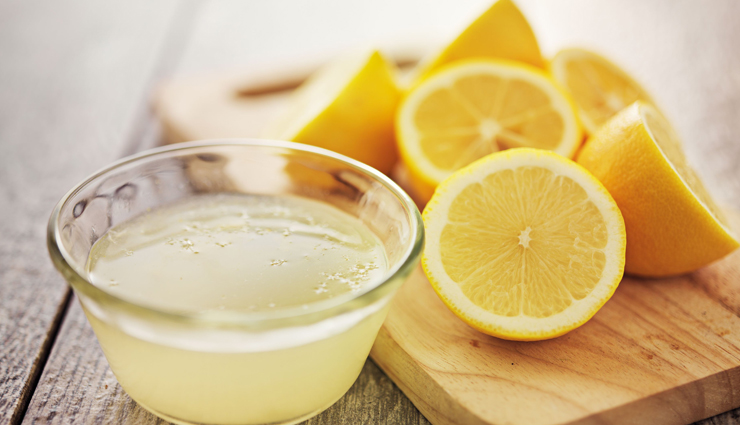
* Lemon is a Mighty Adjunctive Aid
Lemon’s antioxidant and immune-boosting properties are renowned the world over, making it one of the most sought-after healing aids. It also contains nutrients such as vitamin C and folate, both of which are vital for maintaining optimal health.
This citrusy gift of nature has been traditionally used to alleviate headaches, throat infections, indigestion, constipation, insect bites, and joint pain and discomfort.
Lemon has also gained a lot of popularity as a detoxifying agent due to its rich antioxidant supply, which helps keep free radicals in check.
It is a favorite among weight-watchers who are looking to lose some extra flab. A glass of lukewarm lemon water on an empty stomach is believed to facilitate digestion and improve the body’s metabolic rate. It also helps in maintaining the body’s natural pH balance.
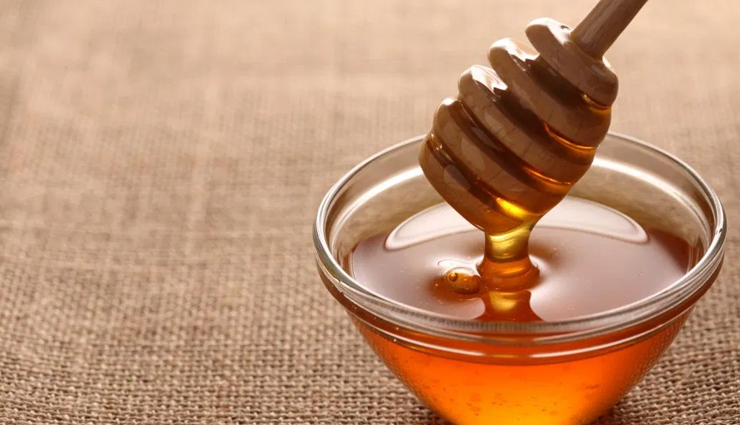
* Honey Possesses Health-Promoting Goodness
Often referred to as “the nectar of the gods,” honey is known to possess antiviral, antifungal, antiseptic, and antiparasitic properties.
This viscous fluid contains a plethora of essential vitamins and minerals including magnesium, potassium, calcium, sodium, copper, iron, manganese, sulfur, zinc, and phosphate, all of which help recharge and repair the body.
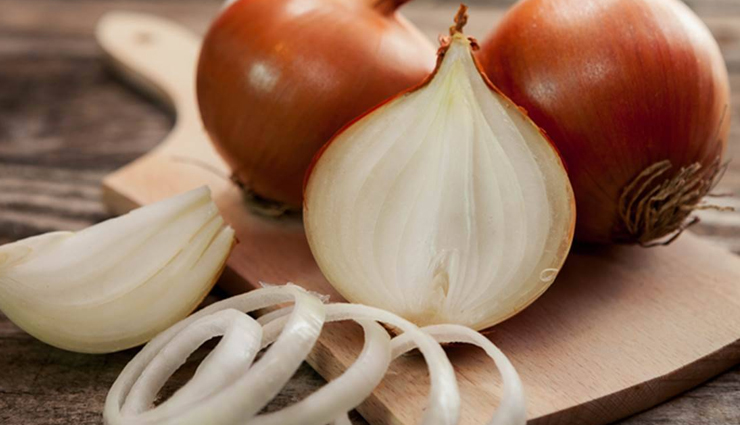
* Onion Can Help Restore Your Health
Onion has outstanding anti-inflammatory, antiseptic, antibiotic, antimicrobial, and carminative properties. It is also a very good source of vitamins C, B1, B6, and K, biotin, chromium, calcium, folic acid, and dietary fiber.
Onion has been used as a folk remedy to achieve symptomatic relief from several respiratory ailments such as the common cold, cough, chronic bronchitis, and asthma. Moreover, this kitchen staple may even help combat stomach infections, nausea, and diarrhea.
Also, onion contains chromium, which assists in regulating blood sugar levels in people who have type 2 diabetes. Eating raw onion can help lower high cholesterol, too.
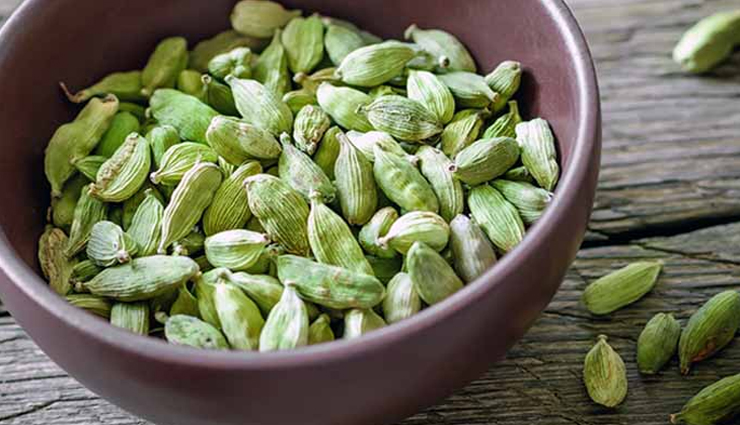
* Cardamom Helps the Body in a Number of Ways
This aromatic spice, known popularly as the “queen of spices,” has carminative, antioxidant, antiseptic, antispasmodic, diuretic, and expectorant properties. It is also is a good source of minerals, such as potassium, calcium, copper, iron, and magnesium.
Cardamom has been used as a traditional remedy to help combat problems such as bad breath and mouth ulcers. In addition, due to its carminative properties, it relieves indigestion, nausea, heartburn, flatulence, and stomach cramps.
This spice is also purported to help alleviate various symptoms caused by asthma, bronchitis, and respiratory allergies. Also, cardamom helps to increase appetite, reduce stress levels, and ease muscle tension.

* Cumin Seeds Can Provide Digestive Relief
Cumin seeds have anti-inflammatory, carminative, antiflatulent, and antioxidant properties. The seeds are an excellent source of dietary fiber along with various minerals, such as iron, copper, calcium, potassium, manganese, selenium, and zinc.
Cumin seeds have been employed as a folk remedy to alleviate symptoms such as indigestion, flatulence, diarrhea, acidity, stomach pain, morning sickness, renal colic,[46] the common cold, cough, fever, sore throat, and insomnia.
It is also purported to boost metabolism and enhance the absorption of nutrients into the body.





